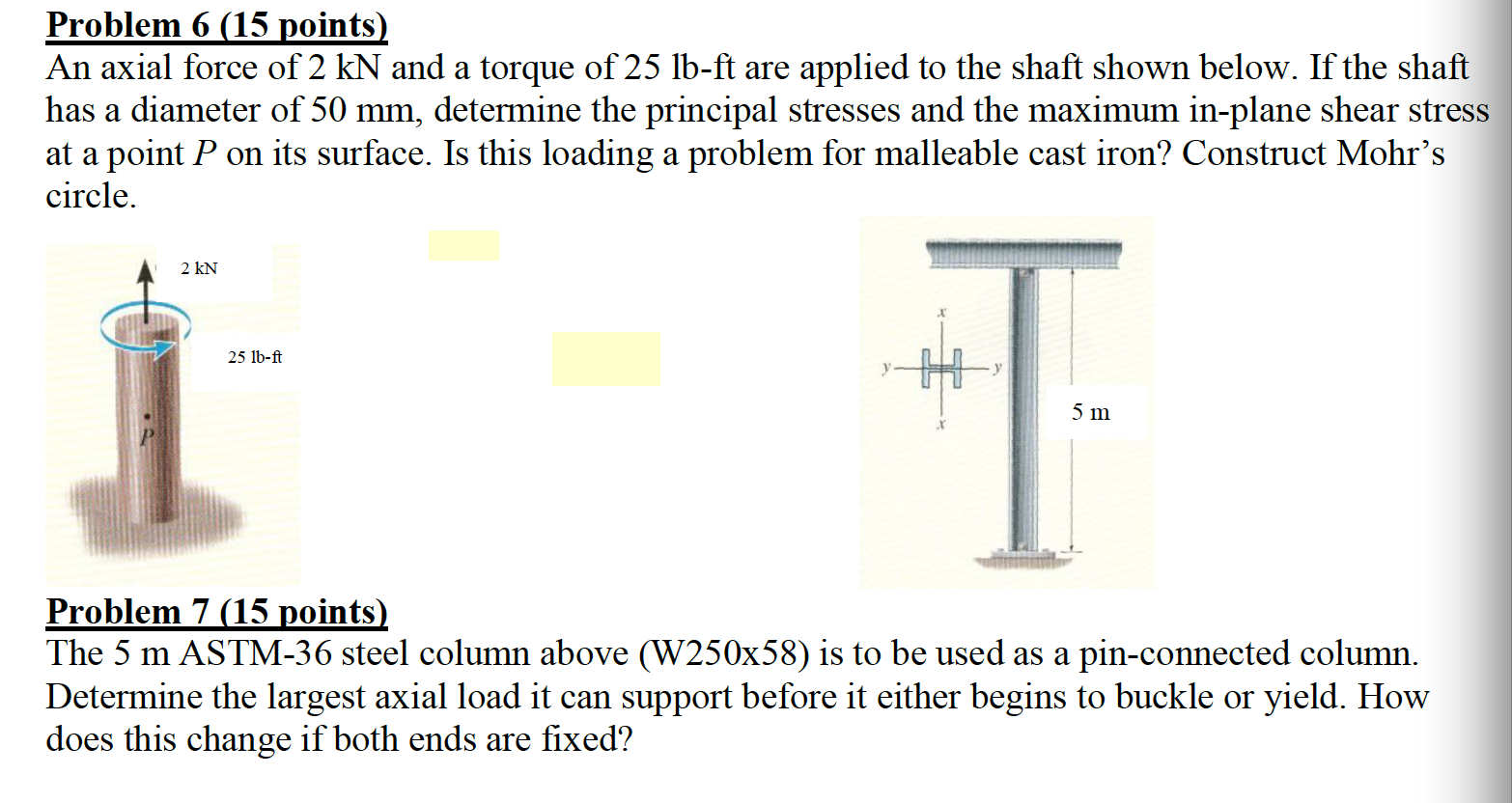
The proposed methodology (called seismic resilience for recovery investments of bridges) uses functionality–time curves that allow quantification of resilience along with readable findings for a wider range of stakeholders. This aim of this work was to assess the lack of robust analytical procedures for quantifying systematic restoration for earthquake-damaged bridges, to provide a link between the assessment of resilience and its application in decision making approaches. In this regard, resilience can be defined as the rapidity of a system to return to pre-disaster levels of functionality. Resilience is a key parameter that can identify decision making procedures necessary for recovery investments. It is especially useful to define parameters to assess investments in bridge infrastructure. Evaluation of bridge functionality is thus fundamental in the planning of emergency responses and socioeconomic recovery procedures. Earthquakes can be extremely destructive and can compromise bridge functionality, which is essential for communities. Also, an illustrative example of a systems of assets is provided and different aspects of resilience-based decision making are discussed, aiming to provide a comprehensive, yet straightforward, understanding of resilience.īridges are fundamental links for the movement of goods and people and bridge damage can thus have significant impacts on society and the economy. Practical examples are provided using a bridge exposed to scour effects as a benchmark. The main steps of resilience assessment for transport infrastructure such as bridges are discussed and the use of fragility and restoration functions to assess the robustness and rapidity of recovery is demonstrated. robustness, redundancy, resourcefulness and rapidity.


This paper attempts to fill this gap and provide engineers and novice researchers with a review of available metrics on the basis of the main properties of resilience, i.e. Several resilience metrics have been proposed in the literature, however, there is lack of practical applications and worked examples. These tools are commonly associated with resilience metrics, which quantify the capacity of transport networks to withstand and absorb damage, recover after a disruption and adapt to future changes. Hence, to manage these risks and adapt to changing conditions, well-informed resilience assessment and decision-making tools are required. Climate change, diverse geohazards and structural deterioration pose major challenges in planning, maintenance and emergency response for transport infrastructure operators.


 0 kommentar(er)
0 kommentar(er)
